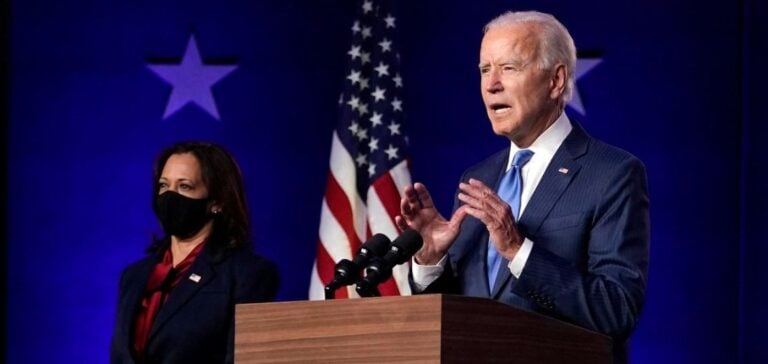The U.S. Department of Energy announces substantial funding for five projects in Arizona, Kentucky, Nevada, Pennsylvania and West Virginia. This initiative aims to deploy clean energy solutions on existing and former mining properties, a first made possible by the bipartisan Infrastructure Act. These diversified projects promise to generate local tax revenues and stimulate new economic opportunities in communities that have historically supplied the country with energy.
Economic impetus and energy security
These projects should not only strengthen American energy security, but also ensure that mining communities continue to play an essential role in the energy economy. The emphasis is on supporting local and regional workforce development, affirming the importance of these communities in the future energy economy.
Energy justice and innovative projects
In line with President Biden’s Justice40 initiative, these projects aim to promote energy and environmental justice, ensuring that the benefits of the energy transition go directly to the communities impacted. From direct geothermal energy to battery energy storage, these projects cover a wide range of clean technologies, highlighting innovative solutions for reducing pollution and meeting the Biden-Harris administration’s climate goals.
Development and replication of clean technologies
Three of the selected projects focus on former Appalachian coal mines, supporting economic revitalization and workforce development on land no longer viable for industrial purposes. In the West, two projects aim to reduce the use of fossil fuels by increasing net-zero mining operations and providing the critical materials needed for a robust, domestic clean energy supply chain. The goal is to create more than 3,000 well-paying jobs, underscoring the potential for these projects to be replicated on millions of acres of U.S. mining land.
Transition support and community involvement
The program demonstrates a commitment to supporting traditional energy-producing communities in the transition to a clean energy future, supporting local workers, advancing energy and environmental justice, and fostering community engagement. The projects selected for grant negotiation illustrate a cost-effective approach to the energy transition, marking a significant step towards reducing greenhouse gas emissions and minimizing environmental impacts.
DOE’s funding for clean energy development on former mine sites represents an important milestone in achieving a sustainable and equitable energy future. By harmonizing economic and environmental objectives, these projects reaffirm the crucial role of mining communities in the American energy economy and the fight against climate change.






















